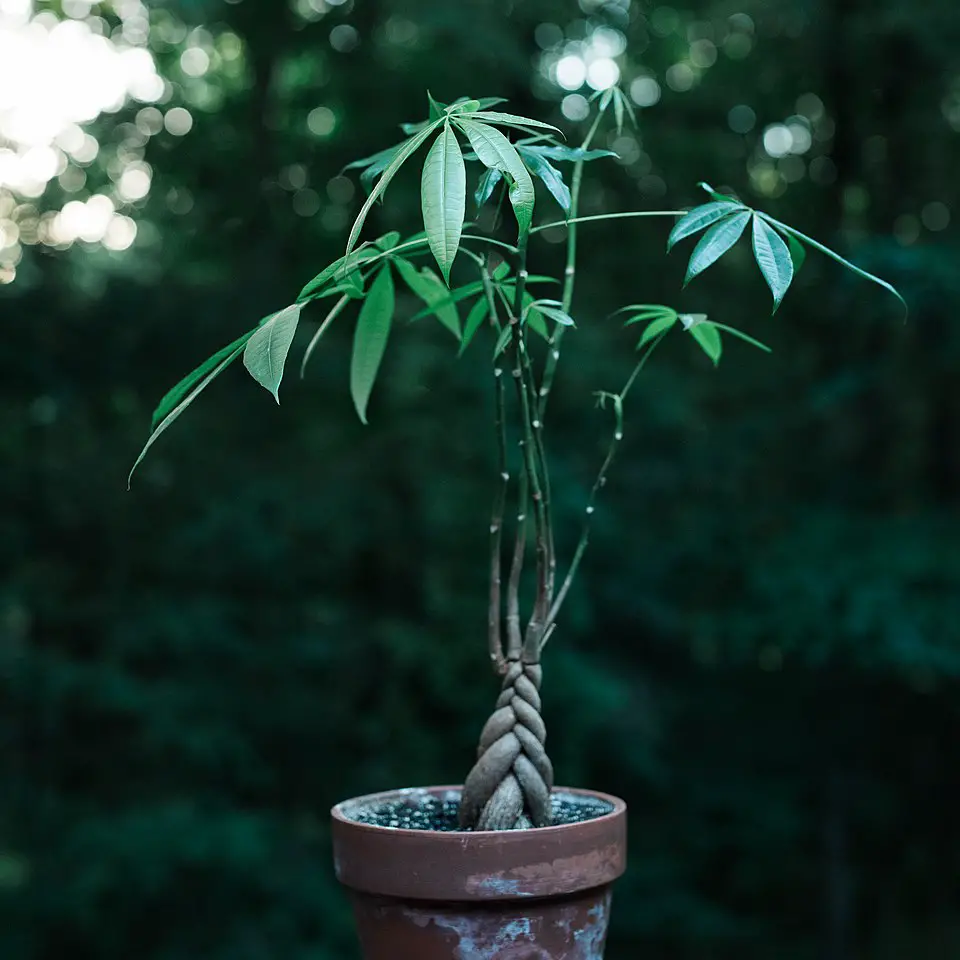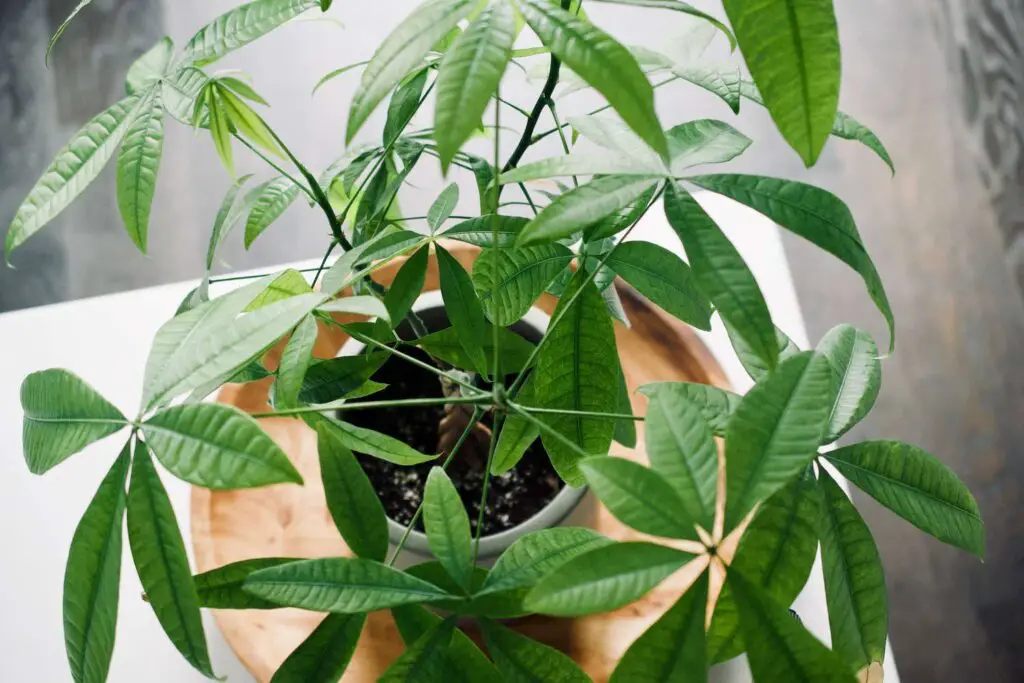Grinding tree stumps is an effective way to clear your yard, saving both time and money. By removing stumps, you can prevent potential hazards, improve aesthetics, and create space for new landscaping projects. This guide will help you understand the process and benefits of stump grinding.
The Benefits of Grinding Tree Stumps
Tree stumps can be unsightly and problematic in your outdoor space. They can attract pests, hinder new growth, and pose safety risks. Grinding stumps can transform your yard significantly. Here are some key benefits:

- Improved Aesthetics: Removing a stump enhances the overall look of your landscape.
- Increased Safety: Stumps can be tripping hazards, especially in high-traffic areas.
- Pest Control: Decaying stumps attract insects and rodents. Grinding eliminates this risk.
- Space for New Projects: Once a stump is removed, you can use that area for planting or other landscaping designs.
- Reduced Lawn Maintenance: Mowing around stumps can be cumbersome. Grinding them down simplifies lawn care.
Understanding the Process of Stump Grinding
The stump grinding process involves using specialized equipment to grind the stump down into small wood chips. This method is efficient and less invasive than other removal techniques such as pulling or digging out the stump. Here is a breakdown of the process:
- Assessment: Evaluate the size and condition of the stump. This helps determine the appropriate tools needed.
- Preparation: Clear the area around the stump of any debris or obstacles to ensure a safe working environment.
- Grinding: Use a stump grinder to chip away at the stump until it is below ground level.
- Cleanup: After grinding, remove excess wood chips and fill the hole with soil or mulch, if desired.
The Tools You Need
To effectively grind tree stumps, you will need specific tools and equipment. Here are some common tools used in stump grinding:
| Tool | Purpose |
|---|---|
| Stump Grinder | Main tool for grinding down the stump. |
| Chainsaw | Used for cutting down larger stumps if necessary. |
| Protective Gear | Includes gloves, goggles, and ear protection for safety. |
| Shovel | For cleaning up wood chips and filling holes. |
Using the right tools not only speeds up the process but also ensures safety during stump grinding. If you’re unsure about operating a stump grinder, consider hiring a professional service.

Cost Considerations
The cost of grinding tree stumps varies based on several factors such as size, location, and accessibility. On average, homeowners can expect to pay between $75 to $400 per stump. It’s essential to get quotes from multiple providers for an accurate estimate. Here are some factors that influence cost:
- Size of the stump
- Number of stumps to be removed
- Location and accessibility of the stump
- Local labor rates
Knowing these aspects can help you budget effectively for your stump grinding project. Taking the time to research and plan can lead to significant savings while ensuring a job well done.
DIY vs. Professional Stump Grinding
When considering stump grinding, one of the primary decisions is whether to undertake the task yourself or hire a professional service. Each option has its advantages and disadvantages. Understanding these can help you make an informed choice.

Advantages of DIY Stump Grinding
- Cost Savings: Doing it yourself can save you money on labor costs.
- Flexibility: You can choose when to work on the project, accommodating your schedule.
- Skill Development: Tackling the task yourself can enhance your landscaping skills and knowledge.
Disadvantages of DIY Stump Grinding
- Equipment Rental: Renting a stump grinder can be expensive and may require additional costs for transportation.
- Safety Risks: Operating heavy machinery poses risks if you lack experience.
- Time-Consuming: The process may take longer than anticipated, especially for larger stumps.
Benefits of Hiring Professionals
Hiring a professional stump grinding service comes with its own set of benefits. Here are some reasons to consider this option:
- Expertise: Professionals have the experience and knowledge to handle various stump sizes and conditions efficiently.
- Safety: Trained operators know how to use equipment safely, minimizing the risk of accidents.
- Speed: Professionals can complete the job more quickly than an inexperienced homeowner.
Disadvantages of Hiring Professionals
- Higher Costs: Hiring a service typically involves higher expenses compared to DIY.
- Scheduling Challenges: You may need to wait for availability, which can delay your project.
Choosing the Right Stump Grinding Service
If you decide to hire a professional, selecting the right service is crucial. Here are some tips to help you make the best choice:
- Research Local Companies: Look for stump grinding services in your area. Check online reviews and ratings to gauge customer satisfaction.
- Request Quotes: Contact multiple companies for estimates. Ensure that they provide a detailed breakdown of costs.
- Check Credentials: Verify that the company is licensed and insured. This protects you in case of damages or accidents during the job.
- Ask About Equipment: Inquire about the type of equipment they use. Modern machines are usually more efficient and less damaging to your yard.
- Get References: Request references from previous clients to understand their experiences with the service.
Preparing for Stump Grinding
If you opt for DIY stump grinding or prepare for a professional team, proper preparation is essential. Here are steps to follow before the grinding begins:

- Clear the Area: Remove any debris, rocks, or plants surrounding the stump. This provides a safe working environment and allows for easy access.
- Mark Utility Lines: If there are underground utility lines nearby, contact local services to mark them before starting the grinding process.
- Check Local Regulations: Some areas have regulations regarding tree removal and stump grinding. Ensure compliance with local laws.
- Gather Necessary Tools: If doing it yourself, ensure you have all necessary tools and safety gear ready before starting.
The Stump Grinding Process Explained
The stump grinding process can vary based on the equipment used. However, here is a general overview of what to expect:
- Assessment and Setup: The operator evaluates the stump and sets up the grinder appropriately.
- Grinding: The grinder’s cutting wheel chips away at the stump, gradually reducing it to wood chips.
- Depth Control: The operator adjusts the grinder’s depth to ensure that the stump is ground below ground level for a smooth finish.
- Cleansing: After grinding, excess wood chips are removed and can be repurposed as mulch or compost.
This process effectively eliminates the stump while minimizing disruption to your landscape. Understanding this procedure helps set expectations for both DIY and professional services alike.
Post-Grinding Care and Maintenance
After the stump grinding process is complete, there are several steps to take to ensure that your landscape remains healthy and looks great. Proper post-grinding care can help with the recovery of the area and prevent any negative effects from the grinding.
Managing Wood Chips
One of the immediate results of stump grinding is the large amount of wood chips produced. Here are some effective ways to manage these wood chips:
- Mulching: Use the wood chips as mulch in garden beds. This can help retain moisture and suppress weeds.
- Composting: Add wood chips to your compost pile. They can help balance nitrogen-rich materials, improving the composting process.
- Disposal: If you do not need the wood chips, consider contacting local waste management services for proper disposal options.
Filling the Hole
Once the stump is ground down, you will notice a hole where the stump used to be. Filling this hole is essential for safety and aesthetics. Here are some options for filling it:
- Topsoil: Fill the hole with topsoil and level it with the surrounding ground. This option allows for new grass or plants to grow.
- Sand: Using sand can improve drainage if the area tends to hold water.
- Gravel: If you prefer a more permanent solution, filling with gravel can create a stable base.
Seeding and Planting
After filling the hole, you may want to consider replanting in that area. Here are some tips for seeding or planting:
- Choose Native Plants: Select plants that are native to your region for better growth and adaptation.
- Consider Sunlight: Assess how much sunlight the area receives. This will influence your plant choices.
- Watering: Ensure that new plants receive adequate water, especially during their initial growth phase.
Safety Precautions During Stump Grinding
Whether you choose to grind stumps yourself or hire professionals, safety should always be a priority. Here are some important safety precautions to consider:
Personal Protective Equipment (PPE)
Wearing the right protective gear is crucial when operating heavy machinery. Consider using the following PPE:
- Safety Glasses: Protect your eyes from flying debris.
- Ear Protection: Stump grinders can be very loud; earplugs or earmuffs can protect your hearing.
- Gloves: Wear durable gloves to protect your hands from splinters and cuts.
- Steel-Toed Boots: These provide foot protection against heavy equipment and falling objects.
Site Preparation
A safe work environment is vital for preventing accidents. Here are steps to prepare your site before grinding begins:
- Clear Debris: Remove any tools, branches, or other obstacles from the area around the stump.
- Mark Hazards: Identify any underground utilities or hazards in advance to avoid damage or injury.
- Establish a Safety Zone: Keep bystanders at a safe distance while grinding is in progress.
Pest Control After Stump Grinding
The area around a stump can become a breeding ground for pests if not managed properly after grinding. Here are some steps to control pests in your yard:
- Clean Up Debris: Regularly remove any wood chips or organic debris that can attract pests.
- Pest Treatments: Consider using pesticide treatments if you notice an increase in insects or rodents.
- Monitor New Growth: Keep an eye on new plants for signs of pest infestations or diseases.
Taking these precautions can help maintain a healthy landscape and ensure that your yard remains pest-free after stump grinding. With proper care, you can enjoy a beautiful outdoor space free of unwanted stumps and hazards.
Environmental Considerations of Stump Grinding
Stump grinding is not just about aesthetics and safety; it also has environmental implications. Understanding these factors can help you make more informed decisions regarding your landscaping projects.
Soil Health
Grinding a stump can significantly impact soil health. Here are some considerations:
- Soil Aeration: The process of grinding can improve soil aeration, allowing for better water absorption and root development for new plants.
- Organic Matter: The wood chips produced from grinding can be beneficial as they contribute organic matter back into the soil when decomposed.
- Nutrient Cycling: As wood chips break down, they can enhance nutrient cycling in the soil, providing essential nutrients for future plant growth.
Impact on Local Wildlife
Stumps and decaying wood can serve as habitats for various forms of wildlife. Consider the following impacts:
- Habitat Loss: Removing stumps can eliminate habitats for insects, birds, and small mammals that rely on decaying wood.
- Encouraging Biodiversity: By managing stump removal responsibly, you can promote a diverse ecosystem. Consider leaving some stumps in less visible areas to support wildlife.
Cost-Effective Alternatives to Stump Grinding
If stump grinding seems too costly or labor-intensive, there are alternative methods to consider. These options may take longer but can be effective in the right circumstances:
- Natural Decay: Allowing the stump to decay naturally is the simplest method. It may take several years, but this approach requires minimal effort and no machinery.
- Chemical Stump Removers: These products speed up the decomposition process by breaking down the wood fibers. Follow all instructions carefully to ensure safety and effectiveness.
- Diy Digging: If you have the time and energy, manually digging out the stump can be an option. This method requires tools such as a shovel and axe but eliminates the need for heavy machinery.
Final Thoughts
The process of grinding tree stumps can be a beneficial investment in your property. It enhances safety, aesthetics, and functionality while potentially improving soil health. By understanding the benefits, costs, and environmental considerations, homeowners can make informed decisions that align with their landscaping goals.
Whether you choose to tackle stump grinding yourself or hire professionals, being well-prepared will ensure a successful outcome. Always prioritize safety and proper site management to avoid complications during and after the grinding process.
With this comprehensive guide, you now have the knowledge needed to approach stump grinding confidently. From cost considerations to post-grinding care, each aspect plays a role in achieving a beautiful, functional outdoor space. By taking the time to address these factors, you can save both time and money while creating a landscape that you can enjoy for years to come.
